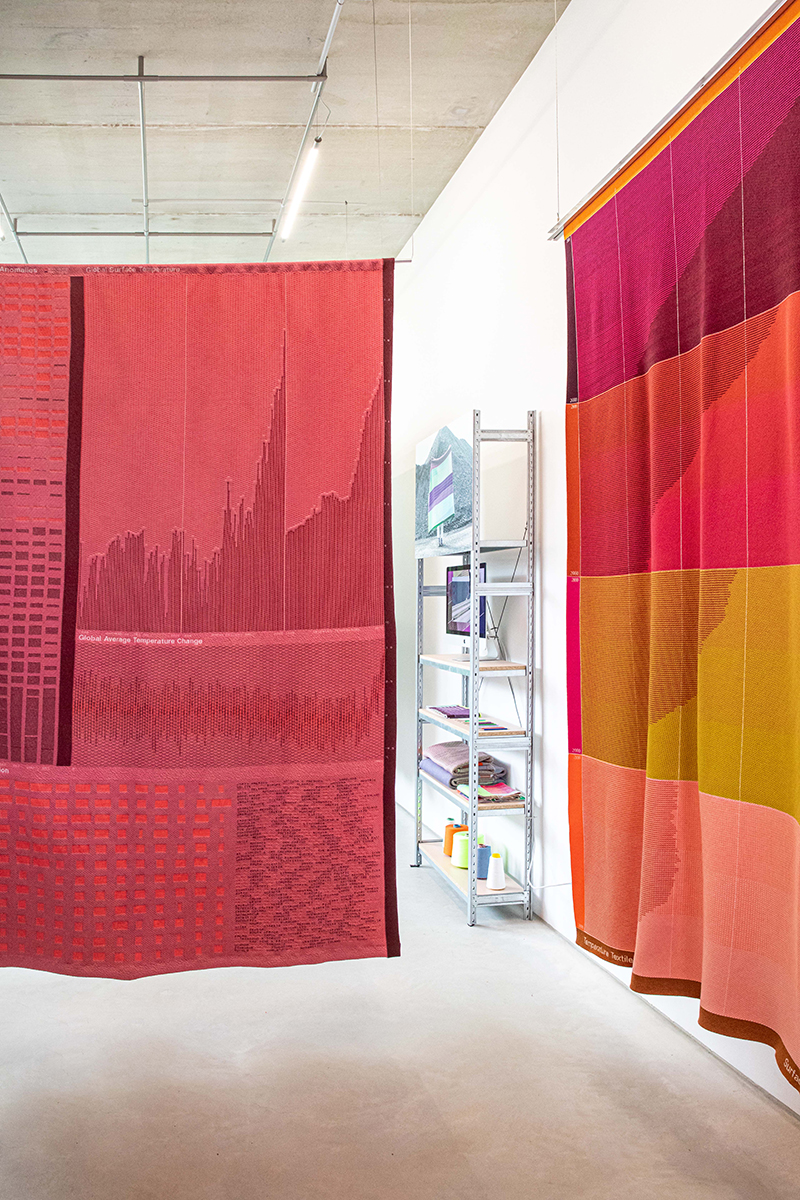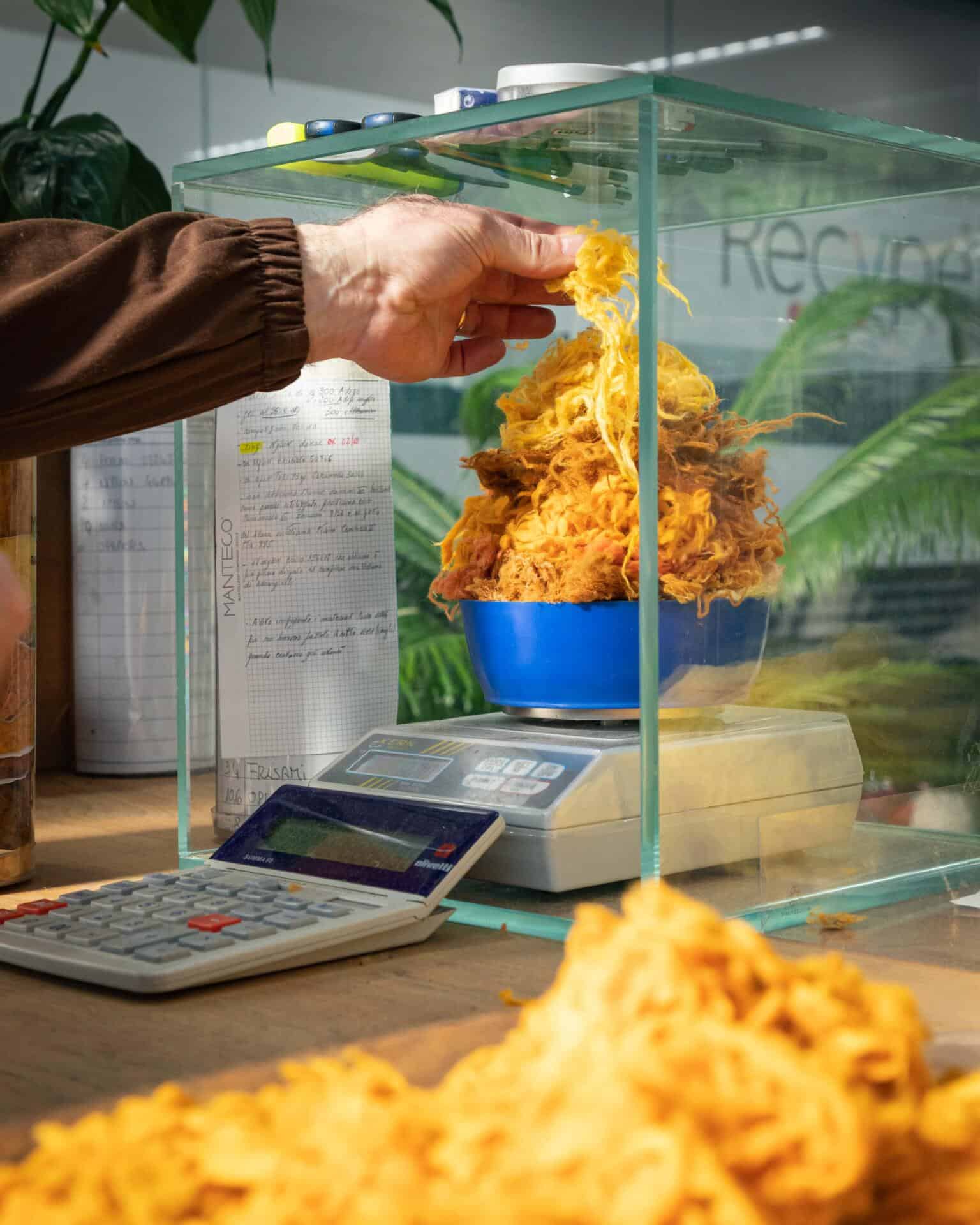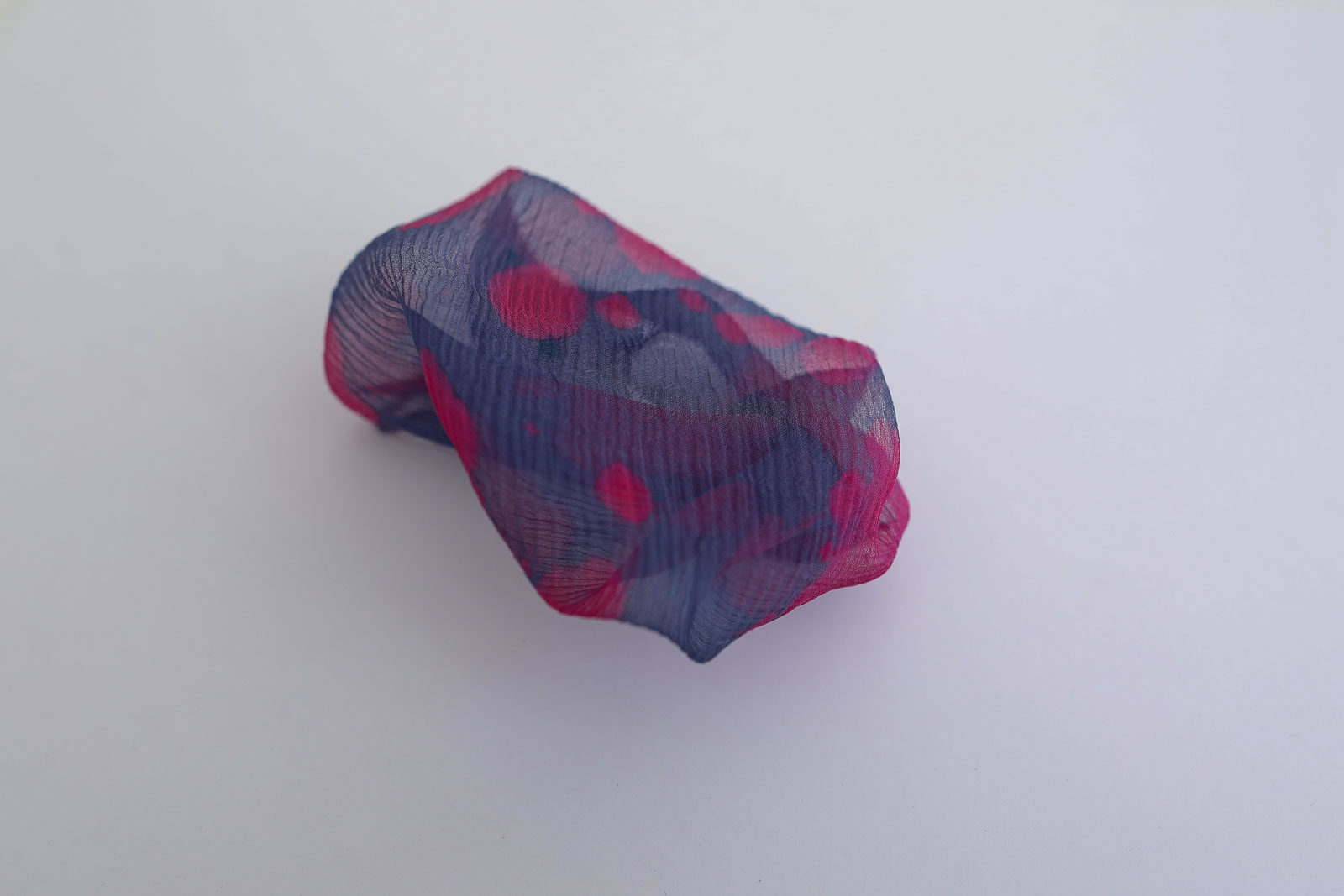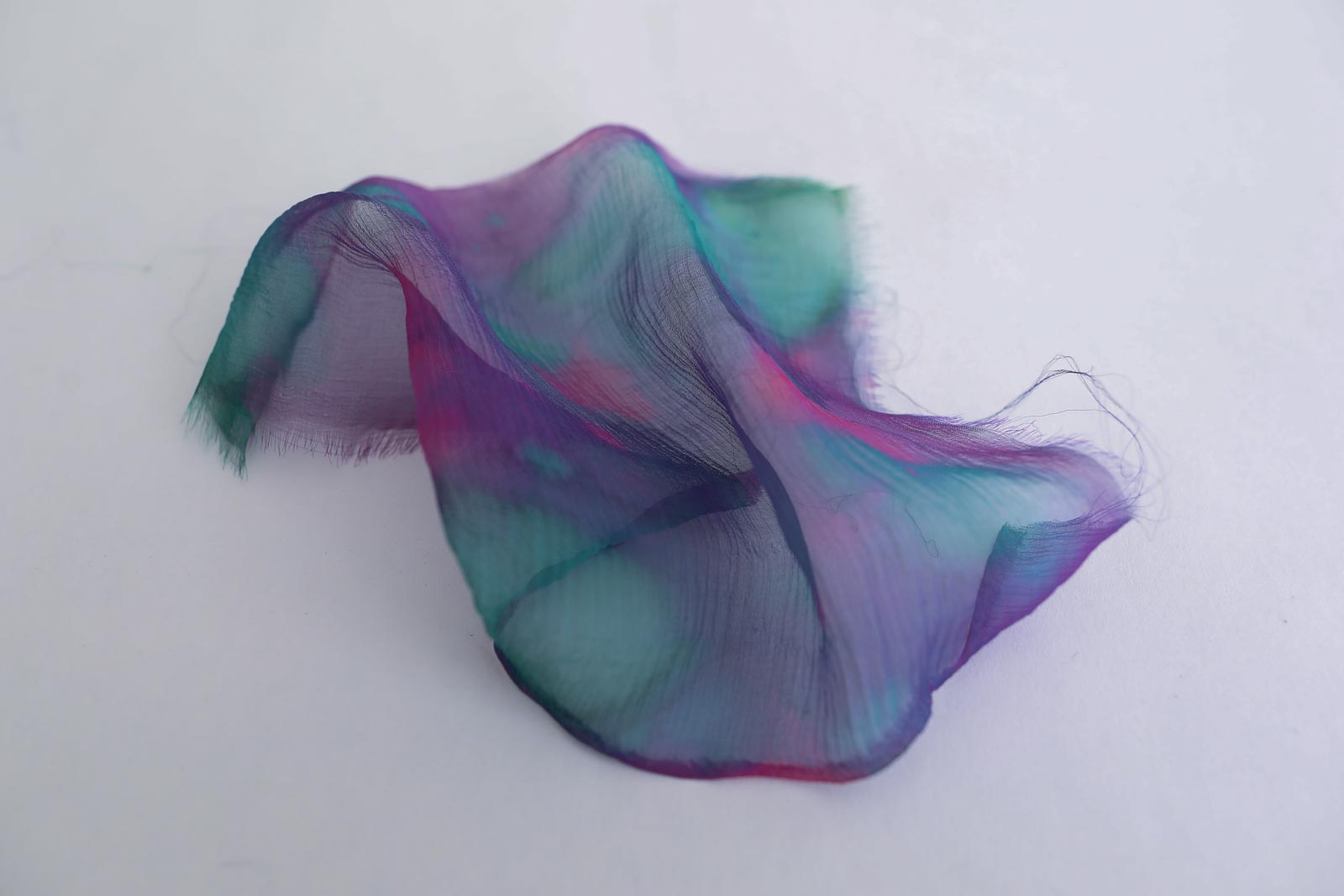4. BioChromes¶
Open Colours¶
Cecilia Raspanti quoted Johannes Itten twice during the Biochromes course:
Color is life; for a world without color appears to us as dead. Colors are primordial ideas, the children of light.
And with reason as colors are a fundamental aspect of our world. They are so natural that they can seem obvious, but they are not at all. And you realize that when you try to actually produce them. It is not that simple.
On computers, because we don't need to actually produce them, colors also seem obvious and accessible. But in 2022, Pantone Inc. who has the monopole of colors for printing, stopped its contract with Adobe. Since forever, Adobe had a contract to make Pantone colors available in all their software. In 2022, suddenly the colors would disappear. If you'd open a former document made with Pantone colors now, you would see black instead. If you want Pantone colors, you now need to buy subscriptions to Pantone directly. I've seen that they seem to be workarounds for that, but this shows how colors are actually not so obviously available. When you use only free/open source software you know that as there are no Pantone colors by default, you also need to apply workarounds. In 2010, artist ginger coons worked on making an open standard for colors to be free of Pantone, but to be able to apply those standards to many fields besides print: fabrics, paints, etc. Here is her talk Libre Graphics Meeting 2010. Sadly, it seems the project did not pursue afterwards.
Colors in general¶
Here are some inspirations about the use of colors in general.
Kukka | Laura Luchtman¶
Chromarama sprouted from my desire to make people aware of the overlooked role of visual limitations in design. My Chromarama series helps people with colour vision deficiency distinguish between colours. The work embodies colour and form studies, each with its own function for a particular type of colour blindness. Colours, shapes and textures are coordinated in such a way that the designs and colours are visible to the viewer.
Instagram post embedding not available.Watch it on Instagram
Raw color¶
Raw Color is a duo (Daniera ter Haar and Christoph Brach) working on colors through many different fields: graphic design, photography, product design. I find their global work very inspiring as they address colors through such different supports.


Recycled colors¶
I am deeply interested in how to obtain colors by using those who already exists through the recycling of materials. It has the advantage to obtain colors difficult to have with natural dyes and also to avoid the use of water.
Manteco¶
Manteco is a wool spinning factory in Prato, Italy. They recycle wool since 1943 (actually many wool factories in Prato do that). They describe here their process to reproduce the colors of their catalogue.



i-did¶
i-did is a factory in the Netherlands which makes felt panels out of recycled uniforms. Their color palette comes from the uniforms of different companies. I love that you can precisely source the origins of the fabric.



Natural colors¶
Sasha Duerr¶
Sasha Duerr's book Natural Palettes: Inspiration from Plant-Based Color (2022) is a superb book on natural dyes. I just love


Slow Stitch Studio¶
Slow Stitch Studio is a duo (Ann & Serge) who met during a training in textile crafts in Japan. They are now based in Chiang Mai, Thailand, where they employ a team full-time to produce natural dyed clothing. I like the mix of traditional techniques with a more contemporary approach in the patterns.
Instagram post embedding not available.Watch it on Instagram
Instagram post embedding not available.Watch it on Instagram
Instagram post embedding not available.Watch it on Instagram
Laboratorium¶
Laboratorium is the experimental lab for art/design and biotechnology at KASK/School of Arts Ghent, Belgium. As a biolab in art and design it focuses on exploring different interactions between art, science and technology. María Boto is the responsible of the lab. They started by exploring colors from micro-organisms (algaes, bacteria…). Now they are exploring structural colors, those you find on beetles, butterflies, which are not pigments but a particular nanostructure which reflects light in a way that produces colors. This new research is visible on the Ecology of Colour Project.
Instagram post embedding not available.Watch it on Instagram
Instagram post embedding not available.Watch it on Instagram
Instagram post embedding not available.Watch it on Instagram
Nuances de plantes¶
Nuances de Plantes is a non-profit organization which has a pedagogical role to preserve and diffuse how textiles were naturally dyed. The core team is composed of Sylvie Lechat, Charlotte Marembert and Amandine Brun-Sauvant who I share my atelier with at Green Fabric. They have made the Kaleidogarden: a pedagogical garden of tinctorial plants that were used in the past in Brussels in the dyeing industry.


The Hole Story¶
I am generally not a super fan of ecoprinting on fabric (except for Slow Stitch Studio who make marvelous things with this technique). Anne Schlüter, from The Hole Story used this technique on yarn. I really love the variegated yarns it produces. We tried with Green Fabric to reproduce the process last year but our yarn was quite yellowish and not white, thus the results were not that nice. I would like to explore this technique furthermore but I haven't had the time this week.
Instagram post embedding not available.Watch it on Instagram
Instagram post embedding not available.Watch it on Instagram
Alexandre D’Hubert¶
I met Alexandre in 2022 when he was finishing his Masters degree at ÉSAD Valence. He showed me his booklet silkscreened with inks he made by foraging plants and minerals during Covid in the North of France.
Instagram post embedding not available.Watch it on Instagram
Instagram post embedding not available.Watch it on Instagram
Instagram post embedding not available.Watch it on Instagram
Loes Bogers¶
Red cabbage dye is a well-known and easy dye to experiment with. The purple color changes to red when you add acid, and to blue (up to green) when you add basic. Loes' experiment on silk are so delicate, really inspiring.
https://class.textile-academy.org/2020/loes.bogers/files/recipes/cabbagedye/


Mixing carded wools¶
Tools
- handcards
- electronic spinning wheel (or regular spinning wheel or spindle)
- knitting machine / knitting needles
I like when colors vibrate especially when you can see the components of a color when you look at it very close. At Green Fabric, I had the chance to share my atelier with Amandine Brun-Sauvant, a textile designer specialized in natural dyes. I used woolen fibers which she dyed two years ago and I made 50% mix of madder root & reseda, and then a 50% mix of campeche wood and golden rod.









Whenever I try a new fiber or a new mix of colors, I like to spin half with a worsted style (remove air from the fiber) and half woolen style (let air in the fiber). Here we can clearly see how the spinning style changes the perception of colors. It looks like different fibers were used to achieve those two samples!

Indigo¶
Amandine Brun-Sauvant gave us (with my Fabricademy fellows Eileen and Charlotte) a one day course on making an indigo vat and dyeing with it.

Making the vat¶
Vat: 1-3-2 recipe¶
ingredients
- 4L water
- 32g indigo extract (8g/L)
- xxx g fructose
- xxx g slaked lime
tools
- pestle/mortar
- small bowls
- big bucket
- wooden stick
- 2 bowls
- spoon
- scale
recipe
- measure ingredients
- add
- simmer
- mix
- remove
- strain
- repeat









Using the vat¶




Dyeing yarns¶







Dyeing fabrics¶



Natural dye¶
I collect many colour sources from time to time in order to "one day" test a natural dye with them. But of course I never have the time… For this week experiments, I dug some alder cones that I collected in a park when I was having a break on my summer vacation in France. I used a handspun wool yarn that I made a couple of years ago.
I first boiled the alder cones in water for a couple of hours. Then I strained the liquid and put it back on the stove. I wet my yarn with water and added it to the alder infusion. I didn't mordant my yarn as I wanted to see what colours I would get without. Alder cones have a lot of tanins so it acts a bit like a mordant.







Natural Ink¶





Guar gum¶
My first try was with gum guar.




Arabic gum¶
My second try was with arabic gum. The bath was more concentrated than the first one, so it is darker.




